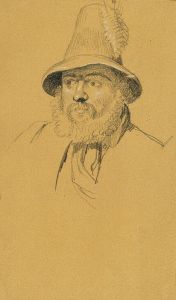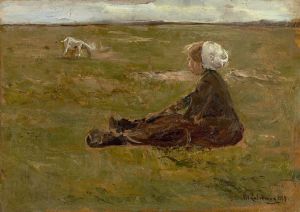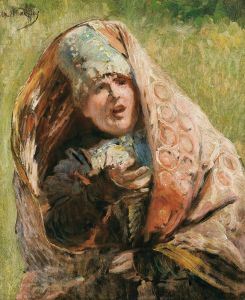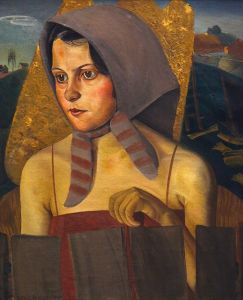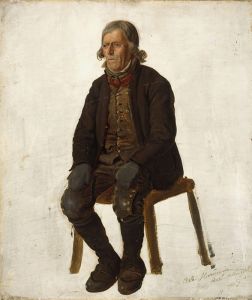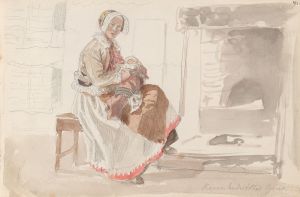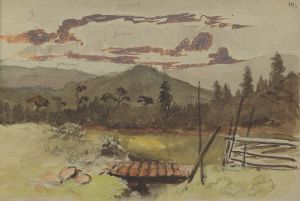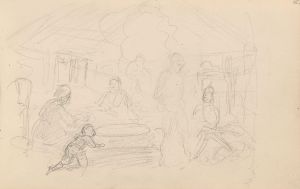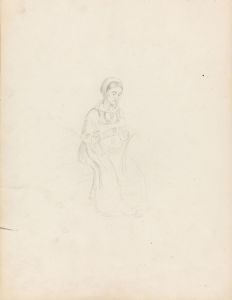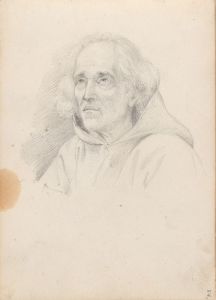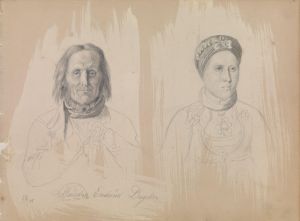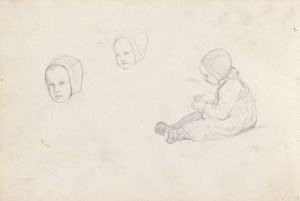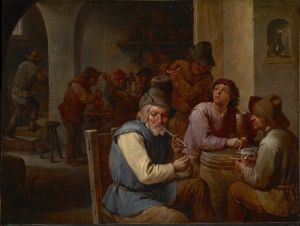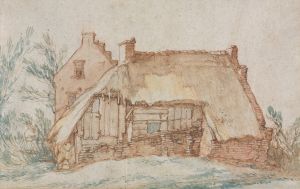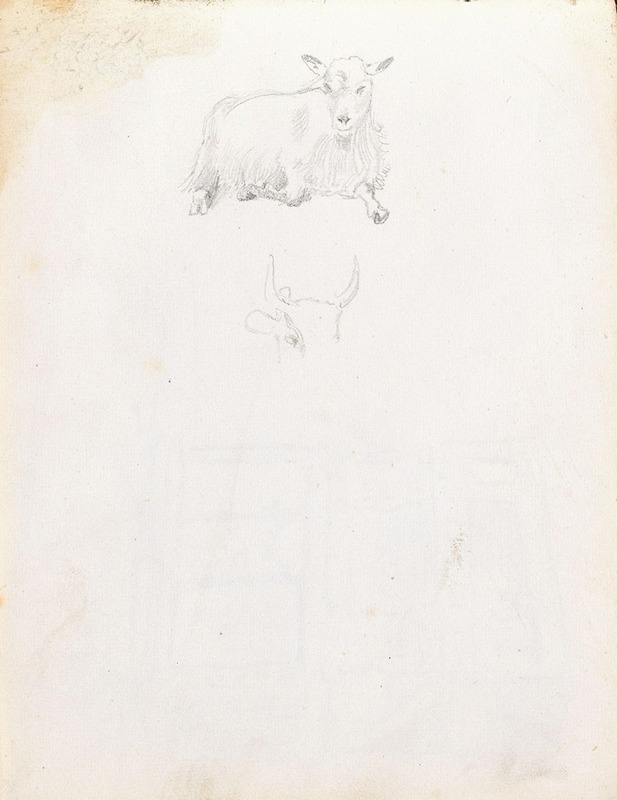
Dyrestudier
A hand-painted replica of Adolph Tidemand’s masterpiece Dyrestudier, meticulously crafted by professional artists to capture the true essence of the original. Each piece is created with museum-quality canvas and rare mineral pigments, carefully painted by experienced artists with delicate brushstrokes and rich, layered colors to perfectly recreate the texture of the original artwork. Unlike machine-printed reproductions, this hand-painted version brings the painting to life, infused with the artist’s emotions and skill in every stroke. Whether for personal collection or home decoration, it instantly elevates the artistic atmosphere of any space.
Adolph Tidemand was a prominent Norwegian painter in the 19th century, renowned for his depictions of Norwegian folk life and traditions. One of his notable works is "Dyrestudier," which translates to "Animal Studies" in English. This painting is a testament to Tidemand's keen interest in capturing the essence of rural life and the natural environment in Norway.
Adolph Tidemand was born on August 14, 1814, in Mandal, Norway. He studied at the Academy of Fine Arts in Copenhagen and later at the Kunstakademie Düsseldorf, which was a significant center for art education at the time. Tidemand became a leading figure in the Düsseldorf School of painting, which emphasized detailed and realistic portrayals of everyday life and landscapes.
"Dyrestudier" is a reflection of Tidemand's dedication to realism and his ability to convey the character and atmosphere of his subjects. Although specific details about the painting's creation, such as the exact year it was painted or its current location, are not widely documented, it is consistent with Tidemand's broader body of work that often focused on Norwegian culture and the natural world.
Tidemand's work is characterized by meticulous attention to detail and a deep appreciation for the subjects he portrayed. His paintings often feature scenes from Norwegian peasant life, capturing the customs, costumes, and environments of rural Norway with great authenticity. This focus on national identity and cultural heritage was part of a broader movement in 19th-century art, where artists sought to explore and preserve their national traditions through their work.
In "Dyrestudier," Tidemand likely applied his skills in observation and detail to study animals, a subject that complements his interest in rural and pastoral themes. While the specific animals depicted in "Dyrestudier" are not detailed in available records, it can be inferred that the work aligns with his interest in the natural and cultural landscape of Norway.
Adolph Tidemand's influence extended beyond his paintings. He played a significant role in shaping the perception of Norwegian culture and identity during a time when Norway was seeking to define itself as a nation. His works, including "Dyrestudier," contributed to a greater appreciation of Norwegian traditions and the beauty of its natural environment.
Tidemand passed away on August 25, 1876, in Christiania (now Oslo), Norway, but his legacy endures through his contributions to Norwegian art and culture. His paintings remain celebrated for their historical significance and artistic merit, offering a window into the life and landscape of 19th-century Norway.
In summary, while specific details about "Dyrestudier" are limited, the painting is an example of Adolph Tidemand's broader artistic endeavors to capture the essence of Norwegian life and nature. His work continues to be appreciated for its historical and cultural significance, reflecting the values and traditions of his time.





